Finding that you pick up fast food on the way home a little too often? Want to save money and stop eating out now that prices are sky-high? You can enjoy easy, home-cooked meals and save money at the same time! Follow these tips to stop eating out.
Saving money at the grocery store will be easy when you follow the Good Cheap Eats System. You’ll learn How to Enjoy Cooking at home as well as meal planning on a budget.
Want to save this post?
Enter your email below and get it sent straight to your inbox. Plus, I’ll send you budget recipes and money-saving tips every week!
Now that most fast food places charge at least ten bucks per person for a meal, it’s costing way too much to pick up a casual meal on the way home.
Eating out is eating up the budget, the money you worked hard to earn!
While take-out and restaurants have a lot going for them, the costs are getting extreme now. Time to stop eating out and doing more with your money!
Why Do This
You’ll enjoy custom-made meals. Whether you load up the crock pot first thing in the morning or get the pressure cooker going when you get home, home-cooked meals are made just the way you like them! Even better, you can jazz them up without paying extra for feta or avocado.
You’ll avoid food waste. If there’s food at home that might otherwise go to waste, it’s a better financial choice to eat at home.
You’ll save money. Using food you already have at home or buying ingredients at the store can save you a lot of money over restaurant fare. Even though groceries have increased, they’re still a cheaper option than getting take-out. Knowing you’ll save money is great motivation to stop eating out.
Tips for Success
So, how do you stop eating out, tempting though it may be?
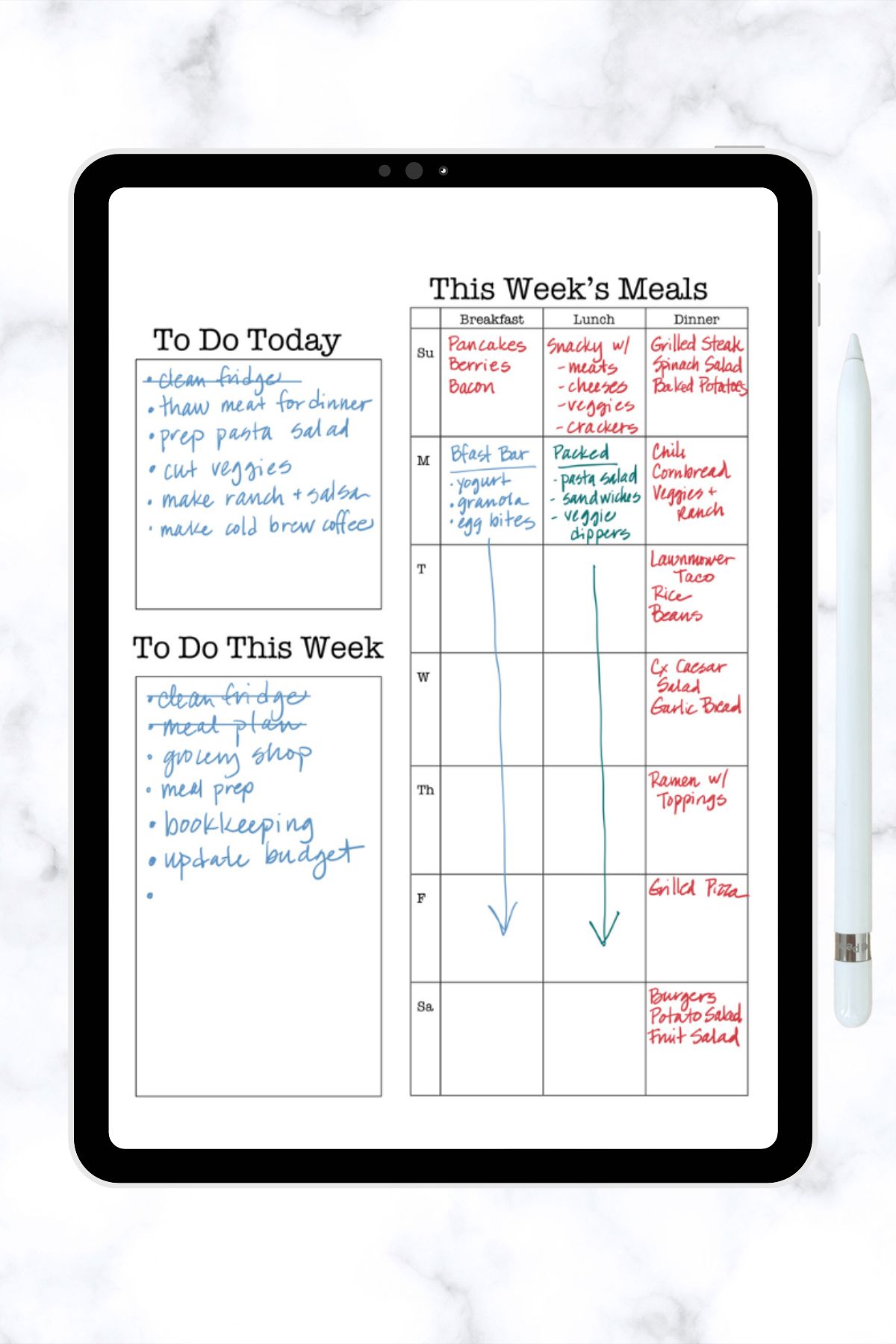
1. Have a plan.
It will be easier to stop eating out if you have a plan. Each week, take a few minutes to know what food you have on hand or make a grocery list for a few meals that you enjoy.
If you’ve taken stock of what you have and made a meal plan for the day or week, you’re more likely to act on that plan than if you have no clue what to fix.
Haphazard, spontaneous meals are great, but they often get trumped by haphazard, spontaneous take-out.
2. Just eat something.
Every meal does not have to be an event. A burger and fries eaten on the run isn’t fancy fare, so homemade doesn’t have to be, either.
If it fills the tummy, does it matter if there weren’t three courses?
Be sure to eat real food and then call it a meal. Try some of these no-cook suppers to help you stop eating out. Chances are you’ve got some pantry staples to pull them off.
3. Count the cost.
A round of INO burgers and fries for my family costs us about $45, no drinks, splitting fries. It’s a great value and good, quality food. However, that same $45 could make about three meals cooked at home.
Three for the price of one? That makes a difference, especially if you’ve got some financial goals in mind. Every little bit counts toward reaching your goal. Be far-sighted and realize the money you save will help you stop eating out.
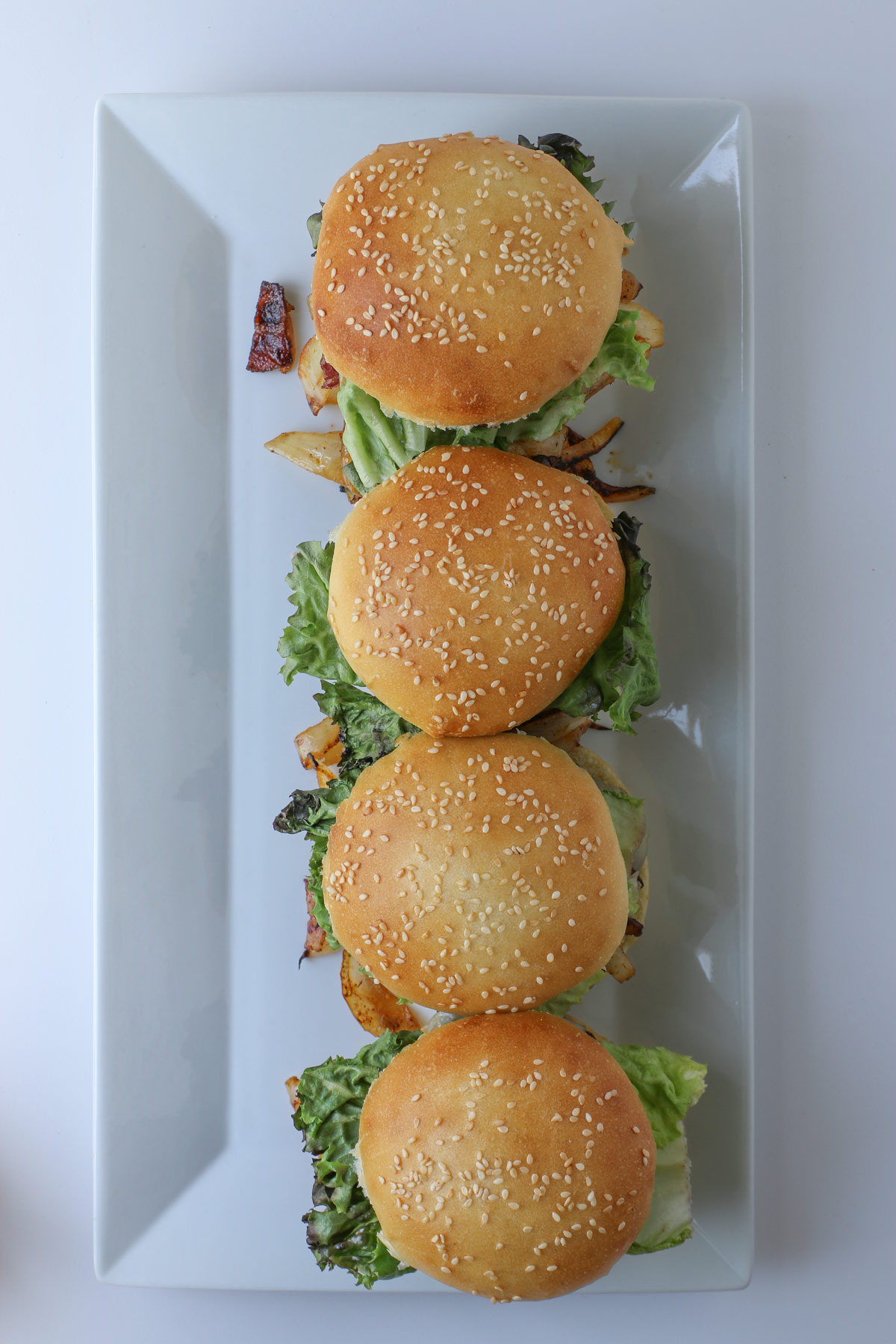
4. Use disposables.
I know that is a despicable word to use in our culture, but the burger joint uses disposables, too. Just saying.
I’m not advocating their use for every meal, but if it makes the difference between enjoying a cheap, home-cooked meal and eating expensive restaurant fare, I choose paper plates.
We can’t have things perfect. So, just shoot for 80%. Keep a stock of paper plates and napkins on hand for those desperate evenings when you’re short on time and need easy cleanup.
Making dinner easier to do at home is a great way to stop eating out.
5. Stock ingredients for easy meals
Likewise, consider stocking a few convenience items that come together for quick meals. While they may not be as good as scratch meals, they’ll fill the gap when time or energy is tight.
“Almost homemade” is still cheaper than fast food these days.
Some favorite combos:
- a Costco rotisserie chicken and a bagged salad mix
- bakery French bread and cold cuts for jumbo Italian subs
- English muffin pizzas topped with your favorite toppings
6. Do some meal prep.
Meal prep is a great strategy to stop eating out. When you’ve got prepped food ready to serve, why get anything else?
You can prep breakfast for busy mornings, do a lunchtime meal prep for work days, and organize your meal prep for the evening meal without a lot of work or hassle.
For instance, Meal Prep Salads are super customizable with your favorite toppings. A Freezer Meal Pizza Kit is a godsend on busy nights.

7. Team up.
Sometimes it’s a family member, friend, or roommate who wants to rock the boat, suggesting a weekend brunch out instead of eating at home. Sometimes it’s you craving a certain food and not wanting to stick with the meal plan.
It’s all good, but time to team up so you can learn how to stop eating out together!
Have a private talk and discuss your motivations for each option. It may be that the other person wants to make it easier on the chief cook, or maybe there are certain foods you like that you don’t make at home.
There could be a plethora of reasons why someone wants to go out to eat. Find out what they are.
Likewise, be honest about your purposes for eating in. If it’s purely a power play, well, give that up. But if you have legitimate reasons that benefit your wallet and household, then make those clear.
Reasonable minds will disagree, but they’ll be reasonable! Discuss why you each want what you want and strive for cooperation. Together you can brainstorm some alternatives and win-win situations to help you stop eating out.
8. Learn to make your take-out favorites.
My kids love Chinese food, especially when we get the Panda Feast. In the old days, it ran us about $30 to feed the eight of us, still more than homemade food.
Learning to make Cashew Chicken, better than the shop Chow Mein, and an easy Vegetable Fried Rice allows us to have Chinese food more often.
Knowing how to make my own Fried Chicken Strips and a killer Copycat Chick-fil-A Cobb Salad means I can skip that epically long drive-thru line.
At the other end of the spectrum, I love more chi-chi food, so keeping a frozen log of goat cheese on hand means I can make more gourmet options, like Goat Cheese Pizza whenever the craving hits.
There are plenty of take-out favorites that you can recreate yourself. As you learn how to stop eating out, you’ll find it’s easy to break up with fast food.
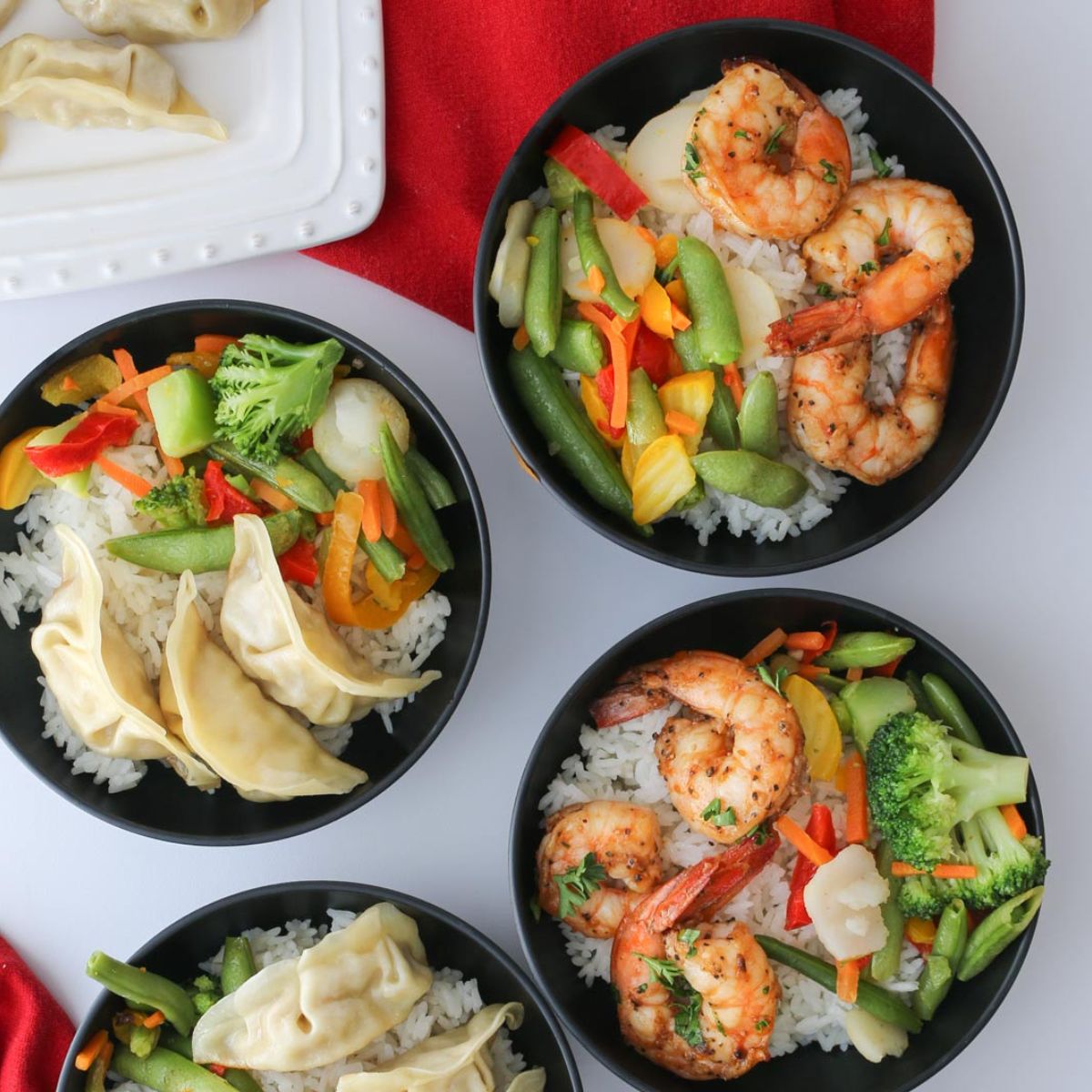
9. Change the ambiance.
Consider your surroundings for where you dine. Sometimes, it’s merely the change of pace or atmosphere, not the food, that one craves in “eating out”.
For years my husband wanted to get lunch out just to avoid the stress of his workplace. He recognized that so we were able to brainstorm some cheaper options.
Maybe you enjoy the splendor of a nicely set table? Set the mood at home!
Maybe you just want to get out of the house. Consider packing a picnic and heading somewhere else to eat it. Leave the kitchen and eat in the backyard. Take your work lunch out to the park nearby.
10. Go out for dessert.
One easy compromise to stop eating out is to eat dinner at home but go out for dessert. We’ve often done this for special occasions when money was too tight to have a full restaurant meal.
We ate a favorite at-home meal and then went out for dessert and coffee, often sharing the dessert. We still got the experience, but at a fraction of the price.
There are also a number of ways to reduce to the cost of your meal out. Avoid drinks. Split plates. Don’t order extras. Share the fries. You don’t have to have everything every time.
How to stop eating out? Eat at home when you can. Cook the best that you can afford. And enjoy good food with the people you love.
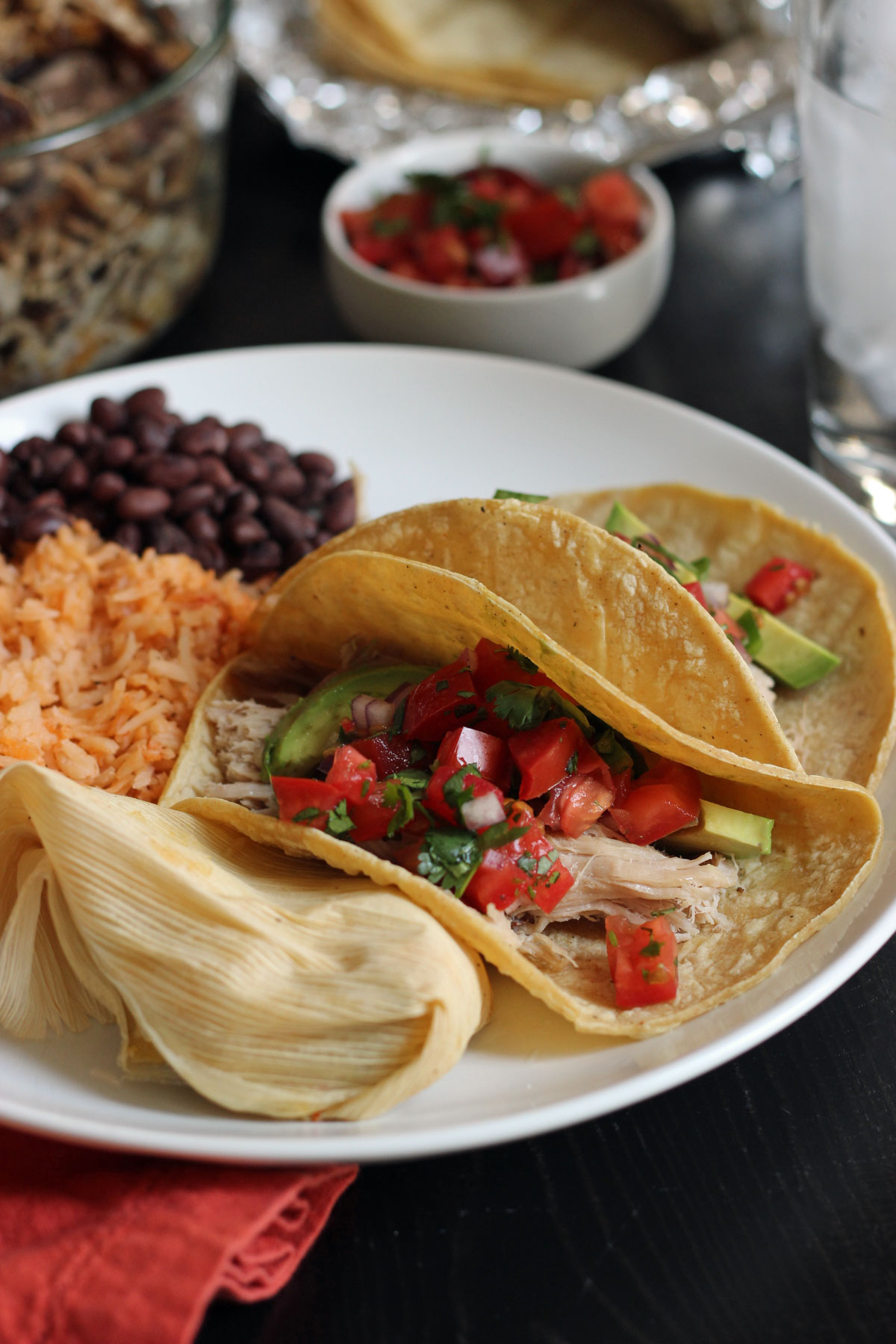
FAQs
Understand what it is that is attractive about it: the food, the convenience, or the atmosphere. You can stop eating out by choosing to recreate that yourself for less money.
It’s generally cheaper to cook at home, provided you already have a base supply of ingredients and aren’t buying a lot of different items for one meal. Learn how to meal plan on a budget so you can maximize your savings.
Create a list of your favorite foods and learn how to make them. Stock their staple ingredients and do a little meal prep each week so that it’s easy to change your habits.
Take-Out Copycats You’ll Love

Tell us what you think!
We love to hear your experiences with Good Cheap Eats. Click the STARS on the recipe card or leave a STARRED comment to let us know what you think of the recipe.
This post was originally published on January 10, 2013. It has been updated for content and clarity.


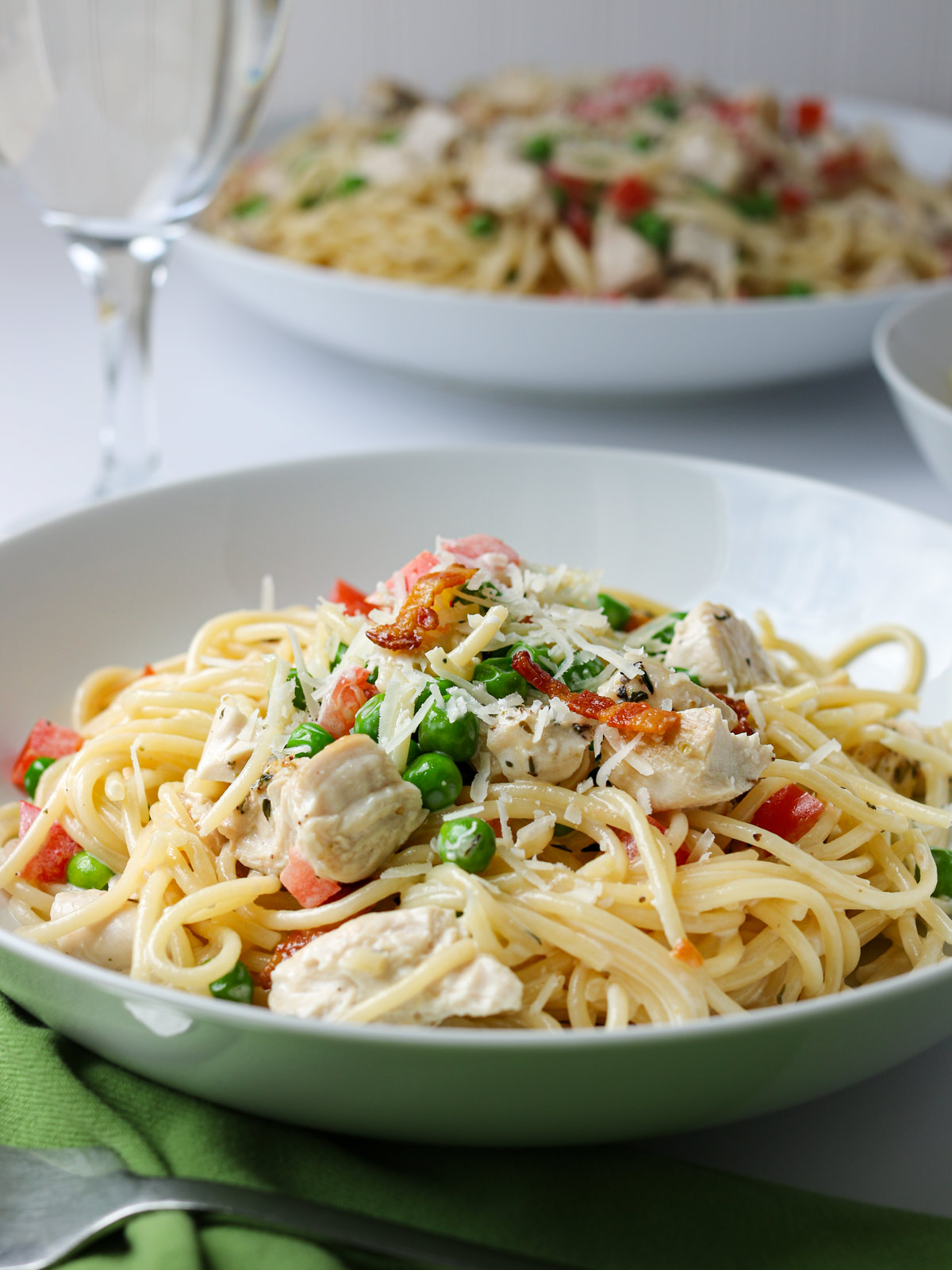
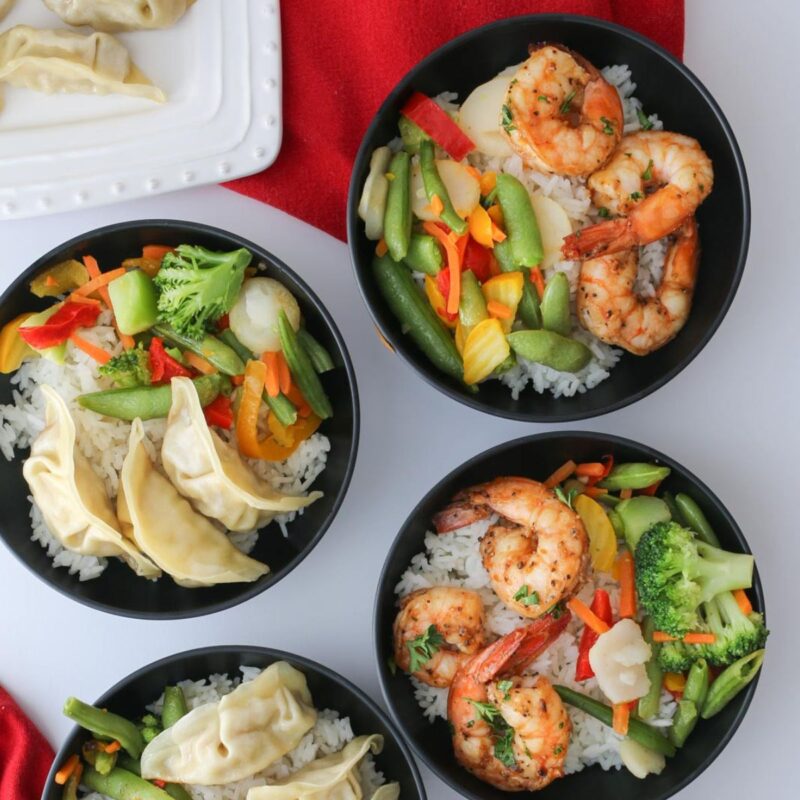
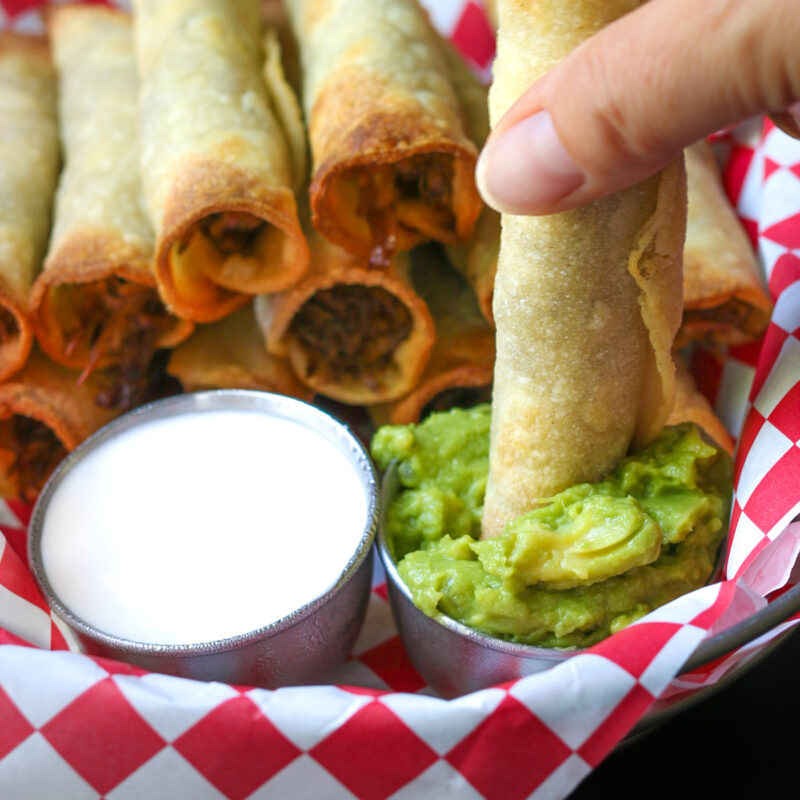
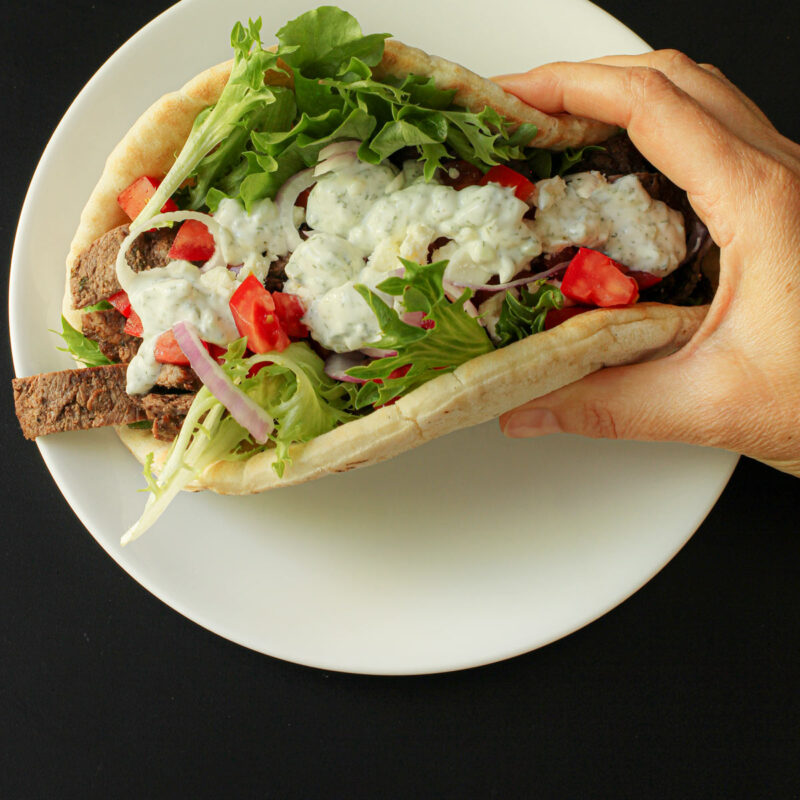
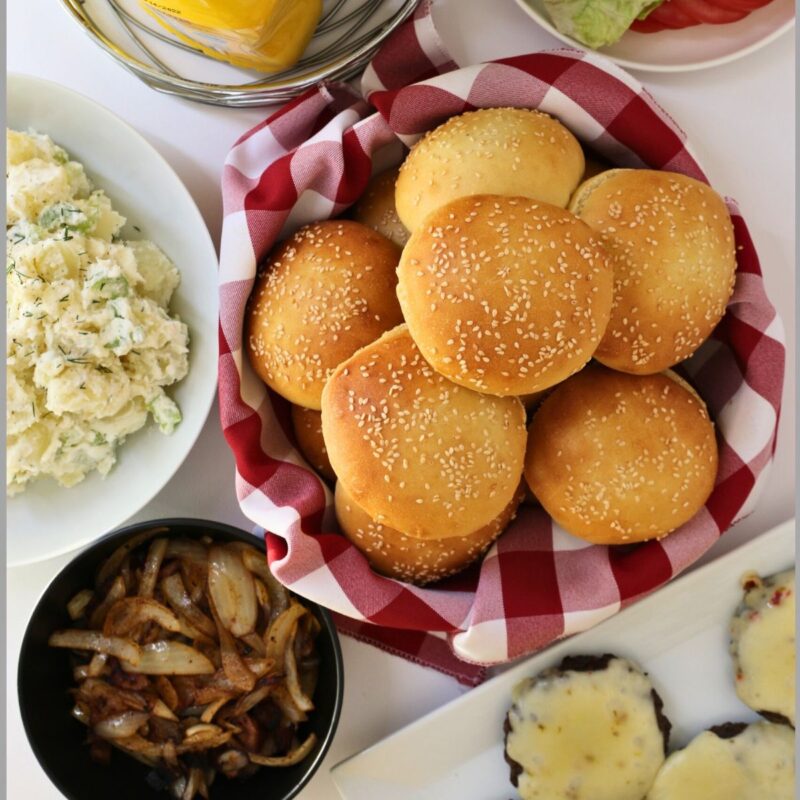

Robin L.
Disposable dishes and utensils are not always as bad as many people think. First, as you say, some restaurants would have used disposables to serve you anyway. And consider the dish soap, sponges, and energy/power that you use when you clean regular dishes with hot water, or put a dishwashing machine. Another issue is that, while some of us imagine disposables filling up garbage dumps and landfills, our country uses a LOT more land for cattle to graze on.
Ursula Rogers
Yes, I too am battling “eating out addiction”. I just recently retired, when I was still employed, I catered in so much food each week. I would get a “free lunch”, share leftovers with others and then sometimes bring leftovers home which were another “free eating out meal” several times/week. I truly love to eat out, nothing to show for it, not good for your health unless you eat salmon/salads each time, expensive, etc. I am a crock pot queen, I try each week to throw something into the crock pot, stew, chicken something, soup, etc. I am blessed that I can eat the same item several days in a row, when you get tired of it, separate into individual containers and freeze, makes for a very easy weeknight meal, no hassles, etc. I do homemade tacos to get that fix, homemade Chipotle – wonderful = do a burrito, bowl or salad = each one customized = done deal!!!! Make it as healthy as you choose!! Luv your site, thanks. URSULA ROGERS
Jessica Fisher
Sounds like you’re making a good comeback from eating out!
Ursula Rogers
I am addicted to eating out. At work bringing in lots of catered food, getting a free lunch out of it, any leftovers, I would sometimes bring a little home after sharing with others. It was so convenient. I am a crock pot queen. I am now retired and fighting the eating out addiction. I try to cook something in my crock pot weekly, trying to eat healthier and lucky me, I can eat the same meal items several days in a row, I also have a large freezer to stock up on sale items and cooked items leftovers (meal prep). We purchase a lot of the chopped salad bag kits, if I buy them, we’re eating them. It doesn’t get any easier than that. I have made homemade Chipotle bowls and luv it!! Healthier, more convenient and saving $$. Next week I plan on doing homemade tacos (can be taco bowls, burritos, soft tacos, hard tacos, salads, etc. That’s the name of the game. I do regret when my kids were younger eating out so much, nothing to show for it!! Good luck everone…I’ll keep you posted on my progress. Ursula Rogers
Molly
Our first year out of college, there was no way we could afford to eat out, but I missed pizza (a twice-weekly occurrence in college, courtesy of the pep band). So I learned to make it! I’m quite proud of the two kinds I can make – a nice fluffy crust, and a nice thin crust.
We avoid eating out by cooking on the weekends. If we have food ready to go in the fridge, it’s much easier to just grab and heat than go out, wait in line, pay for food, wait some more… And we almost always have something like veggie burgers (boca burgers go on sale about twice a year, we stock up) or burritos or soup in the freezer.
And we figured out which peanut sauce from Trader Joes is the good one so we can make pad thai-ish at home.
I’m still trying to figure out the best pancake mix for us – homemade, of course. Darn, we’ll have to experiment and eat lots of pancakes!
🙂
KimH
For me, the biggest thing that will prompt me to order out is if I am out doing loads of errands and dont have a plan. It just plain ol wears me out & the last thing in the world I want to do is cook when Im exhausted.
When Im working, I often have crock pot meals going, I’ll make a pressure cooker meal, or I’ll leave my frozen meat in the skin to thaw in the morning. Having no plan at all invites me to fail.. not only with home cooked meals but with meals that work well for the way I eat.. (gluten free, whole real foods, & Weight Watchers-).
Lizzy
I need to remember the tip about paper products! My wonderful husband cleans up, but he doesn’t always have time to finish everything. That makes him feel overwhelmed and defeated (who wouldn’t feel that way?!), and then I feel frustrated by a messy kitchen when I have to cook again. He would love to have a day off from so much washing. I’m going to see if I have the plates to do this tonight! With a sick toddler in the house right now, we could use the breather, however small.
Jessica
@Lizzy, back in my early days of motherhood, paper plates were the norm just to survive. Nowadays they are the exception, but I realize how easy they make things.
C-Joy
We like to go out to eat for lunch! The prices are cheaper, but you still get huge portions. We only eat half the meal, so we have leftovers for lunch the next day 🙂
Jessica
@C-Joy, our family eats every little bite. We probably aren’t going to the same restaurants. Ours are faster food. Or I’m underbuying. But, my kids are ravenous 24-7. No matter what I feed them.
Nicole
#5 is key, I think. I keep some things on hand that are easy to do. They’re not fancy, but they’re always available(because they’re frozen mostly) and they work in a pinch.
Laurie
My grown kids like In n Out better but we prefer Farmer Boys. We call it our $8 dollar date (use a coupon for a free burger and share the fries).
Like you, I set a goal. Plus I’m trying to get rid of the extra holiday pounds and well, eating out doesn’t help that one bit. The AH basket was awesome this week so I’m really utilizing it. I’ve had to switch days on some of the meals I had planned but by and large I’m cooking all of the dinners, just maybe on a different day. DH and I have a good system in the kitchen. I plan, prepare and cook, he cleans up. Sometimes paper products just fit the bill (especially for lunches or quick meals).
Jessica
@Laurie, “unfortunately”, when we started trying to lose weight last summer, we found several restaurant meals that were healthy and filling and helped us lose weight. But it does limit our options.
Brighid
We avoid it by living in a tiny town. There is a restaurant but people say it’s not too good and really, it’s essentially around the block, about 2 miles away. Other than that, we’re driving at least 25 to 30 minutes to get to a pizza place. McDonald’s is farther. There’s no delivered food in our town.
I have to plan not to stop at the grocery store on the way home on a long day and pick up frozen pizza or something like that though. I solid plan helps tons.
Jessica
@Brighid, a tiny town would do it!
Harriet
We avoid dining out by me putting things in the crock pot before work, or laying it out with instructions for someone else to do. If we all come home and the food is hot and ready, then there is no need to eat out. Also I cook extra on the weekends so there are things in the fridge to heat and eat.
I have already set out the roast to thaw for tomorrow night. YUMMY!
Jessica
@Harriet, you are so good at planning ahead!
STACEY
In-N-Out? Really?!?! I’m a Southern California native transplanted to Nebraska and would give my right arm for an In-N-Out burger!
Anyways, we’ve whittled the dining out budget to $75/month which includes one restaurant meal and one or two drive-thru/pizza dinners. So, out of 30 or 31 days in a month, three are budgeted to eat out. That’s how I avoid it 🙂
Jessica
@STACEY, food is like our family hobby. We don’t have a lot of expenses, so eating out tends to be one. But, this month we’re doing well. Tonight will be our first meal out as a family in the month.
Janet
Love your attitude towards paper products. Sometimes I am just not up to another round of dirty dishes.
One of the things I try to do on the weekends (when I have more time) is replicate the restaurant feel.
For my kids there are two things that seem to make eating out special for them. First, it is all the little extras restaurants put on your plate. Most of these items can be replicated at home. For example, if I serve chili I make sure I have oyster crackers, shredded cheese, and chopped scallions. If I serve hamburgers I will set out a toppings tray so everyone can customize their burger. If we have pizza night with garlic sticks I will try to have 2 or 3 dipping sauces. Second it is the crayons and activity sheet accompanied by the “fancy” kid cup with silly straw. These are also relatively easy items to replicate at home.
Jessica
@Janet, great ideas to make it more like a “restaurant experience”.
Jane
Where are the panda recipes? My family loves them and I am always trying to find a cheaper alternative!
Sheila
@Jane, I think she said that ‘if’ she learned to do make those dishes, they could have Chinese more often rather than she has recipes.
Erin
@Jane, I got the cookbook “Easy Chinese Recipes” by Bee Yinn Low from my library. I tried the Hot&Sour soup and potsticker recipes, and I think they actually tasted better than what’s available from the restaurants around me. There are also some recipes on their website. Of course, if you have to buy a lot of ingredients to make the dishes, maybe it would be cheaper to get take out once in a while and not feel so bad…
KimH
@Erin, Thanks for the book recommendation. I have a hold on it now!
Jessica
@Erin, were the potstickers time consuming? They seem like they would be.
Erin
@Jessica, I sure wouldn’t do it as a last minute dinner idea! I felt like giving it a try to make them myself from scratch, even the wrapper part. I did it as a Sunday afternoon project to make a couple dishes all at once, so it’s a bit hard to say exactly how long each dish took. You could save a lot of time by using store bought wrappers and they would probably still taste great. Also, one of those dumpling presses might speed up the process. Or a lot of helpers. I cooked all mine right away, but it might be something that you could spend an afternoon making a bunch and freezing. I made a couple dozen homemade sauerkraut and mushroom pierogi once, and they are my freezer go-to when nothing else magically shows up for dinner…where did I get that idea?
Maria
They sell frozen ones that are very good.
Jessica
@Jane, yes, what Sheila said. We learned to make egg rolls at new year’s and I’ve dabbled in some Asian dishes. I just need to figure out Orange Chicken and Chow Mein.
Jen U
@Jessica,
Just saw Panda’s chow mien copycat recipe on Pinterest and it actually looks pretty easy!
http://www.mademan.com/mm/how-do-you-make-panda-express-chow-mein.html
Now just to find their black pepper chicken…….yum. 🙂
But for avoiding eating out, which Hubs and I really love doing, we bought a grill! I can’t believe how much that has helped.